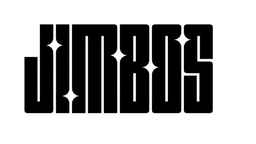Do You Really Need a 3-Step Polishing System? The Modern One-Step Alternative
For years, paint correction meant compounds, polishes, and finishes—one for each “step.” But is a 3-step polishing system still the best way to correct paint? Here’s why many pros are ditching that process in favor of smarter, one-step alternatives.
What’s a 3-Step Correction System?
Traditionally, it looks like this:
- Heavy compound to remove deep swirls and scratches
- Medium polish to refine haze left behind from compounding
- Finishing polish to maximize gloss before protection
It works—but it’s time-consuming, product-heavy, and overkill for most modern paint jobs.
The Problem With Multi-Step Correction
- ❌ Not every car needs 3 steps
- ❌ Takes longer and uses more product
- ❌ Increases heat and risk on soft or sensitive paint
The Modern Alternative: One-Step Correction
Today’s paint correction products are more versatile than ever. Picture Perfect Polish is a one-step polish that cuts like a compound but finishes like a finishing polish—depending on the pad you pair it with.
How It Works
- Pair with a Cut & Finish Pad for swirl removal and correction
- Pair with a Black Finishing Pad for final gloss or soft paint
This lets you scale correction up or down depending on the paint type—without switching liquids between steps.
Why This Saves Time and Delivers Results
- ✅ No need to clean and switch pads mid-job
- ✅ No wasted product
- ✅ Faster turnaround without sacrificing clarity or gloss
How It Compares to Multi-Step Systems
| System | Time | Products | Risk Level |
|---|---|---|---|
| Traditional 3-Step | 2–4 hours | 3 liquids, 3 pad types | Higher |
| Picture Perfect System | 1–2 hours | 1 liquid, 2 pad options | Lower |
What You’ll Need
Related Posts
Frequently Asked Questions
Can a one-step polish really replace a full correction system?
Yes—if you use the right pad and product. Picture Perfect Polish cuts and finishes depending on technique and pad choice.
Will I still get a high-gloss finish?
Absolutely. With a finishing pad, you can refine the surface to deep gloss and prep for protection.
Is this safer for beginners?
Yes. You reduce the chance of overworking the paint or creating buffer trails by minimizing steps and machine passes.
What’s the main advantage?
Time savings. Less pad cleaning, fewer steps, and real-world results in less time with fewer variables.



